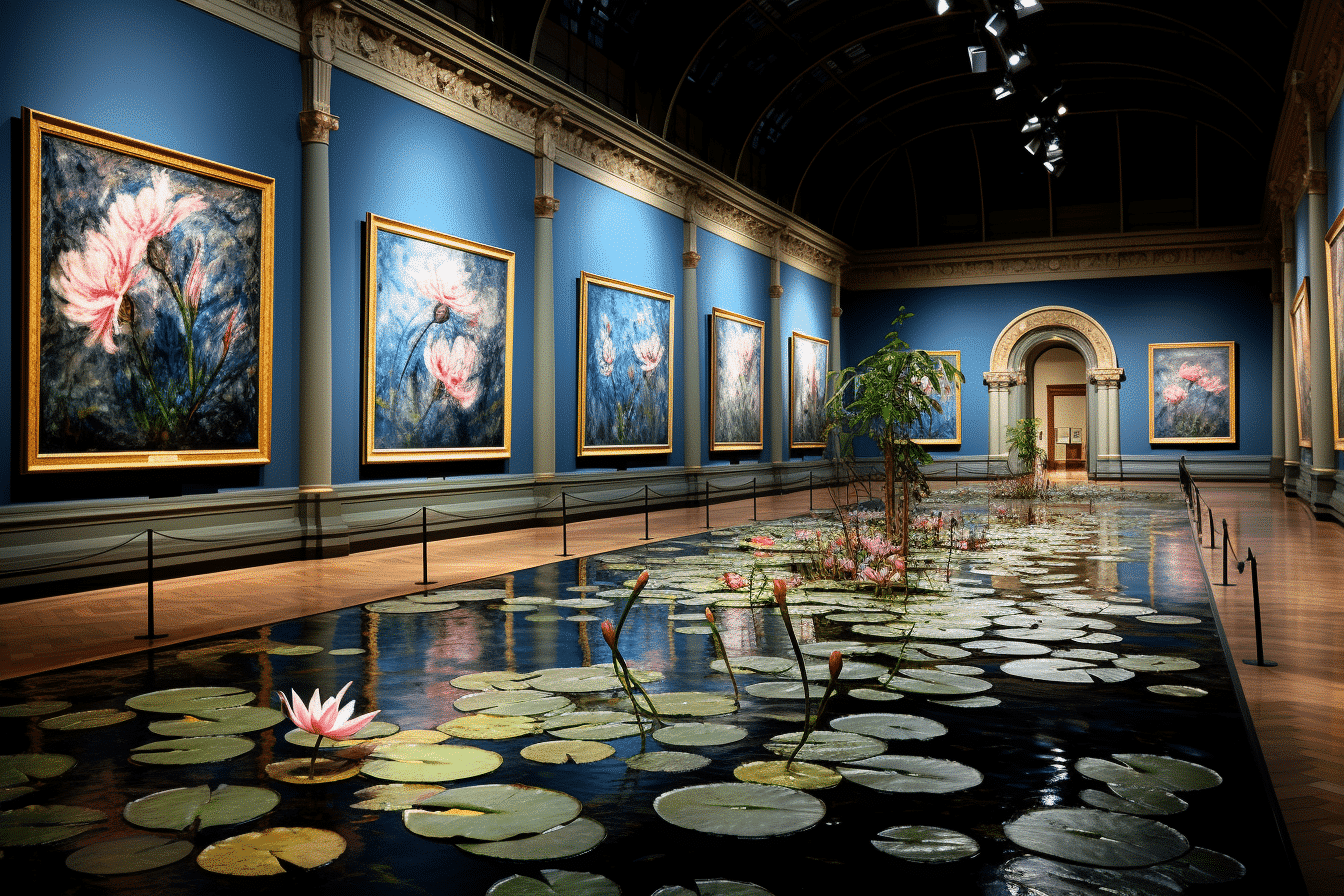In art and auctions, the rediscovery of a masterpiece is always cause for celebration. Such is the case with the previously unseen painting by the celebrated Impressionist artist Claude Monet. Titled “Le bassin aux nymphéas” or “Water lily pond,” this two-meter-wide painting is part of Monet’s renowned “Water Lilies” series. It is expected to fetch over $65 million when it goes under the hammer at Christie’s auction house in New York early next month.
The painting “captures the dynamism and beauty of nature’s transience, exploring the ephemeral atmosphere, seasonal blooms, watery depths, and glimmering reflections of light,” per Christie’s statement. He painted around 1917-1919, “Le bassin aux nymphéas” dates from the latter period of Monet’s life when he created a series of works depicting water lilies, which are now displayed in museums worldwide. This particular painting has been meticulously preserved, remaining in the same family collection for over 50 years, hidden away from the public eye.
Max Carter, Christie’s Vice Chairman of 20th and 21st Century Art, said, “With Monet, seemingly everything has already been seen or said. Le bassin aux nymphéas, which has never been exhibited or offered at auction, is, however, that rarest thing: A masterpiece rediscovered.”
Monet, a leader of the Impressionist movement, has left a profound impact on the art world, influencing contemporaries such as Vincent van Gogh and later Abstract Expressionist painters like Jackson Pollock. His paintings symbolize the Impressionist style and are considered among the most recognizable art pieces worldwide.
As the art world eagerly awaits the auction of “Le bassin aux nymphéas” on November 9, this rare masterpiece is expected to not only break auction records but also rekindle appreciation for Monet’s artistic brilliance and the Impressionist movement as a whole. The unveiling of this hidden gem further adds to the allure of Monet’s “Water Lilies” series and solidifies his place as one of the most significant figures in art history.




